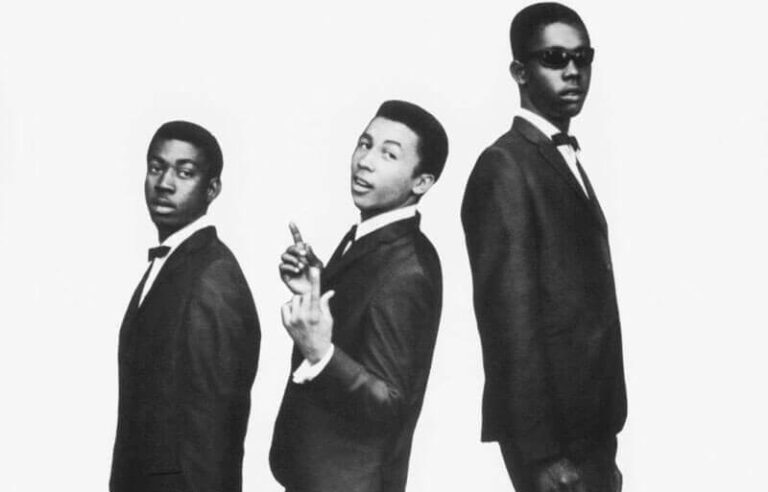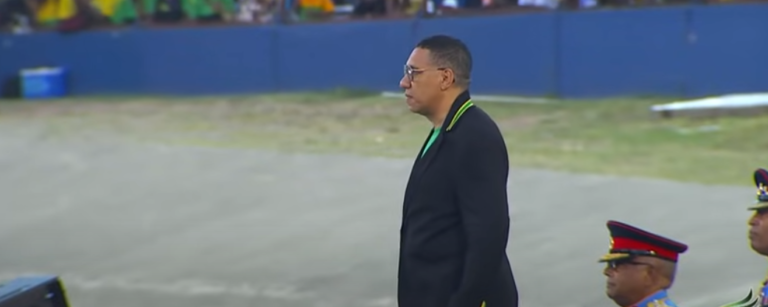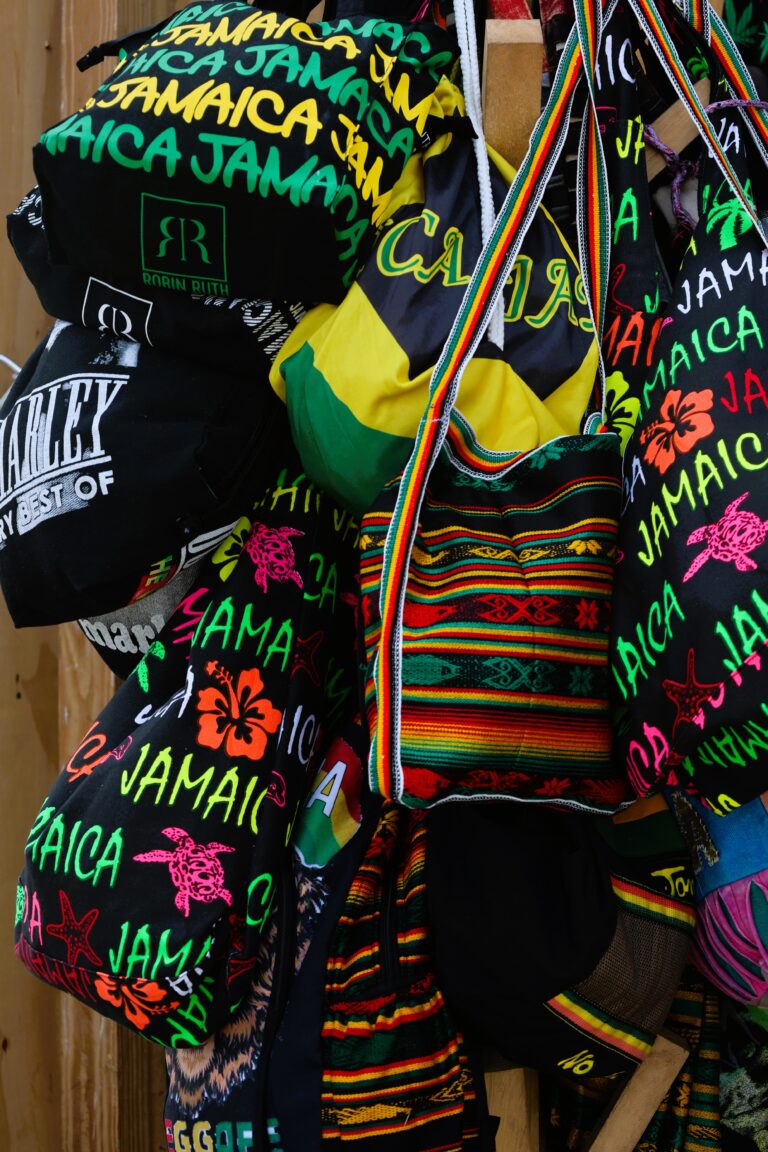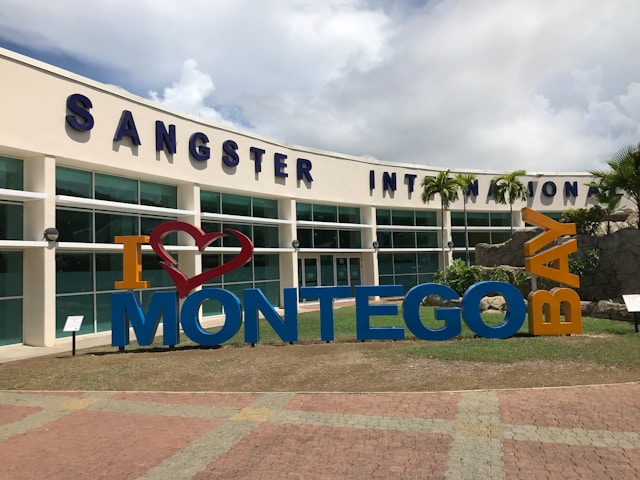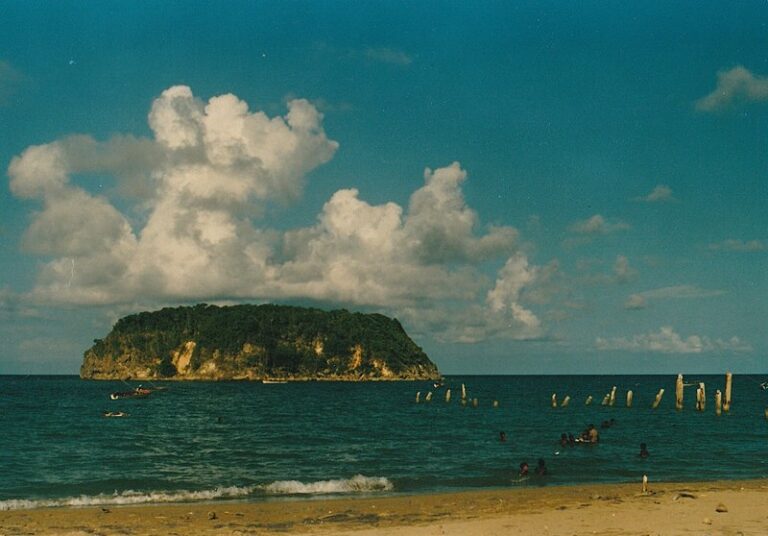Many people may know of Bob Marley and his iconic music, but few today are familiar with the group he formed early in his career that played a significant role in his rise to worldwide fame: The Original Wailers. This talented ensemble of musicians provided the harmonious backing vocals that became a defining element of Marley’s sound, and they were crucial in bringing reggae music to international audiences.
The Original Wailers were formed in the early 1960s in Jamaica, consisting of Bob Marley, Peter Tosh, and Bunny Wailer. While Bob Marley is undoubtedly the most famous member, his two bandmates were integral to the group’s success. The trio began their musical journey as part of a vocal group called the “Teenagers” in their youth, before rebranding themselves as The Wailers in 1963.
The group’s formation was born from a shared desire to create music that resonated with the Jamaican people. In those early years, the Wailers were heavily influenced by the gospel music they heard in their local churches, along with the growing sounds of ska and rocksteady. As they began to hone their craft, they eventually secured a deal with producer Coxsone Dodd, leading to the release of their first tracks, which included “Simmer Down,” a hit that helped establish their presence in Jamaica’s competitive music scene.
The Wailers achieved their breakthrough after a pivotal encounter with legendary producer Lee “Scratch” Perry. Under Perry’s guidance, the group’s music began to take a more distinct shape, eventually transitioning into reggae—a genre that would define them and Bob Marley’s career. Some of the classic songs the Wailers recorded together include “Stir It Up,” “Get Up, Stand Up,” and “One Love.” These songs, with their infectious rhythms and spiritually charged lyrics, catapulted Bob Marley and The Wailers into global prominence.
While Bob Marley was the driving force behind the group’s vision and became the face of their success, Peter Tosh and Bunny Wailer contributed crucial vocals and musical ideas that shaped the sound of the band. Their unique harmony and political consciousness were key components in the group’s identity. The Original Wailers toured with Marley, spreading reggae music across the world. Their first major international success came in the 1970s with albums like Catch a Fire (1973) and Rastaman Vibration (1976), which featured both the talents of Marley and the powerful backup vocals of the other Wailers.
Despite their collective success, tensions arose within the group. In 1974, Peter Tosh and Bunny Wailer left the band due to personal and creative differences. This marked the end of the Original Wailers, though Marley would continue to perform and record with a new group, often referred to as the “Second Wailers.” This second incarnation, including members like Aston “Family Man” Barrett and Carlton Barrett, went on to record some of Marley’s most well-known albums, such as Legend and Exodus.
Today, Peter Tosh and Bunny Wailer have both passed away—Tosh in 1987 and Wailer in 2021. Bob Marley, of course, died in 1981. While the Original Wailers may no longer be performing as a group, some of the surviving members of the band, like Family Man Barrett and Al Anderson, have continued to perform under the name “The Original Wailers.” They have been active in keeping the legacy of the band alive, performing iconic Marley songs and introducing them to new generations of fans.
The Wailers’ contributions to music remain undeniable. Through their soulful harmonies and deep social consciousness, the Original Wailers helped shape not only Bob Marley’s career but the global influence of reggae music.
Further Reading
- The Official Bob Marley Store
- Rebel Music: Bob Marley & Roots Reggae
- Uprising (Vinyl)
- Legend 35th Anniversary Double vinyl
- Stretched Canvas Print Bob Marley Poster
One love One heart One People


